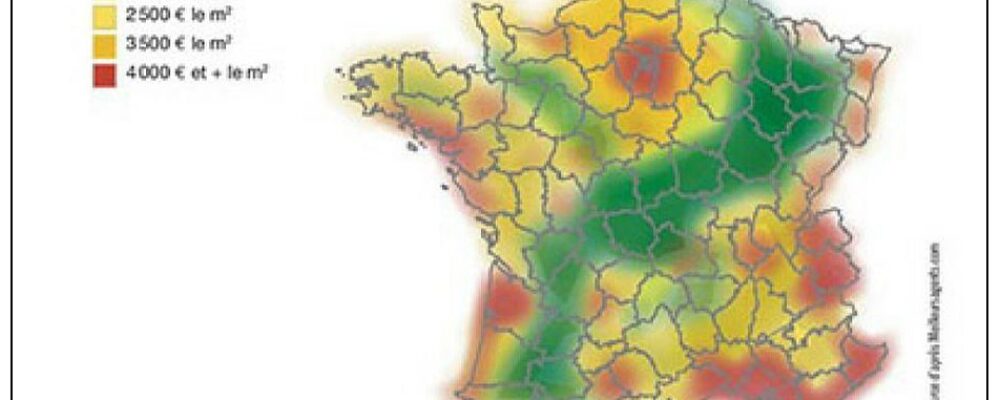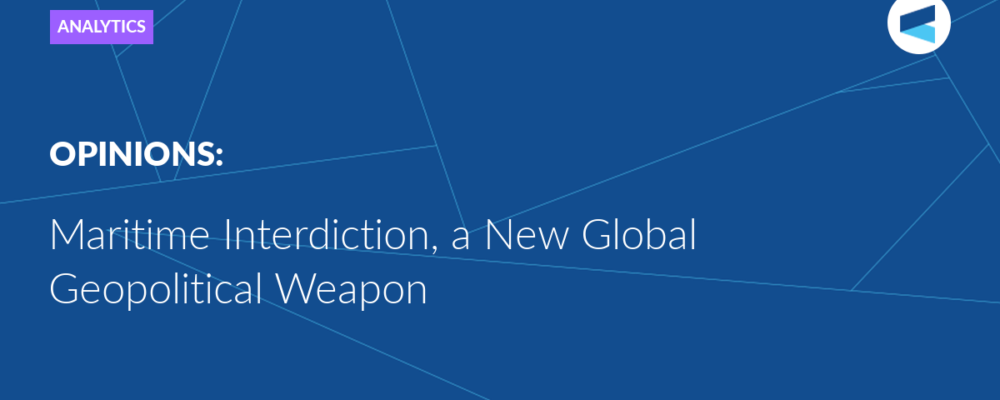The creation of new financial mechanisms through BRICS is one of the most promising fields for the development of the association. In the final declaration of the BRICS countries after the 2023 Summit, financial policy was given quite a lot of attention. In particular, it was stated that the BRICS Payment Task Force (BPTF) needs to prepare a report on payment mechanisms, including those based on cross-border payment systems. The desirability of using national currencies in trade and financial transactions, both within the BRICS and with trading partners in third countries was emphasised. There was also support for strengthening correspondent banking relations between the BRICS countries for settlements in national currencies. The finance ministers and heads of central banks of the BRICS countries were instructed to work on this issue for the next summit; that is, they will have to report on the results within the framework of the Russian Chairmanship and the BRICS Summit in Kazan. Also noteworthy are statements about the important role of the BRICS New Development Bank in the implementation of joint investment initiatives, the creation of a Network of research centres of the BRICS countries in the field of finance, about the use of unilateral restrictive measures (sanctions), as well as support for open world trade being the fundamental role of the WTO.
The 2023 Summit Declaration, like earlier BRICS documents, avoided confrontational language. In particular, the idea of settlements in national currencies was not proposed as a counterbalance to the existing system of global payments, which is characterised by the domination of the US dollar. Despite the concern about sanctions, attention to the topic of settlements has also not focused on countering these measures, much less circumventing them. However, even such restrained formulations reflect the new realities of international relations – in a turbulent world, one should think about risk control and at least consider the possibility of diversifying financial transactions. Moreover, in recent years the US weaponization of the dollar through the use of financial sanctions has been gaining momentum.
The BRICS clearly distinguishes a group of countries for which the issue of financial settlements is directly related to national security. First and foremost, this relates to Russia, against which a significant amount of financial and trade sanctions have been imposed by the United States and its allies. It is Russia today that is most interested in diversifying global finance. Long-term stakeholders include China. So far, sanctions against China are incomparable with restrictions against Russia. In addition, we are talking mainly about American export controls in the field of high technology, and not about financial sanctions. The latter have so far been used only against a small group of Chinese officials in connection with human rights issues. However, an escalation of the rivalry between Beijing and Washington is a very likely scenario. It can be seen in the US National Security Strategy and in numerous anti-Chinese bills in the US Congress. The possible victory of the Republican candidate in the US elections may well lead to a tougher American policy towards China. Given this scenario of exacerbation, the politicisation of finance in the form of sanctions is also likely. Among the new members of the Association, the interested parties include Iran, which has been under US sanctions for more than 40 years and is effectively excluded from the world of global finance, with its dominance of dollar payments. The remaining countries which were in BRICS prior to this year (India, Brazil and South Africa), and most of the new ones (Egypt, Ethiopia and the UAE), are still closely integrated into the existing US-centric payment system. The diversification of such a system is hardly an urgent task for them. However, they may be interested in new mechanisms in the event of the further intensification of competition between the United States and China, in the event of a collapse of the existing system, or in the event of a deterioration in bilateral relations with Washington.
In other words, interest in elaborating the issue of financial settlements has been declared. Despite the differences in the motivation of the BRICS member countries, the very task of developing a settlement system within the BRICS and with third countries seems to be useful for them to one degree or another. The question is how sustainable will the work on the new financial infrastructure be and what results will it lead to? It is necessary to soberly assess the complexity of the task, as well as the difficulties that will arise along the way of its implementation.
Among the first such difficulties is the very nature of BRICS. So far, we are only talking about unification, and not about a full-fledged organisation, with a permanent secretariat and a system of institutions. To some extent, the absence of a rigid institutional structure is an advantage of BRICS. It gives it freedom to manoeuvre, frees its members from excessive obligations, and prevents ossification in the form of international bureaucrats and structures. The experience of the UN shows that it is difficult to reform such structures; their effectiveness is not always particularly high, and over time the functionaries form a kind of semi-closed club. At the same time, any deep integration, sooner or later, requires an institutional framework. The big question is whether BRICS is ready for such institutionalisation today. In the field of financial calculations, the answer is more likely than not to be no. For now, we are talking about developing the very approach to such integration. At first, it can be targeted, focused on narrow tasks or areas. It also does not have to cover the entire association – we can talk about calculations between individual countries, the experience of which can then be scaled to the entire association. In any case, it is too early to talk about specific steps implying the institutionalisation of BRICS in this area, given the fact that the strategy for creating a settlement system has not yet been fully developed.
The second limitation is that the BRICS countries’ economies are still quite closely integrated into American-centric financial calculations. The severance of such ties will be painful for most of them. They will not force the abandonment of the US dollar in settlements. This also applies to China, which seeks to keep its rivalry with the United States under control. A telling indicator is that the BRICS New Development Bank also uses US dollars. Obviously, the bank will avoid transactions with persons who are under US blocking sanctions, fearing US secondary sanctions. The threat of such sanctions is also perceived as a risk by banks in the BRICS countries, especially following the December 2023 amendments to Executive Order 14024. The amendments give the US Treasury the authority to impose blocking financial sanctions on foreign banks involved in transactions with the Russian military-industrial complex or in transactions in goods from US export control lists. Banks in what Moscow considers friendly countries had previously been cautious in transactions with Russia, but now their caution has increased. Payments in national currencies do not completely solve the problem, since US authorities may require reporting on bank transactions. This reporting on payments in national currencies can be used to put pressure on banks. If the financial institutions fail to provide it, they risk inviting sanctions. In other words, even if we assume that payments in national currencies will start working conditionally tomorrow, they will not provide banks with a final solution to the problem of secondary US sanctions. They will continue to exercise caution and “excessive compliance.” The risks of secondary sanctions also arise for banks in connection with Iran’s membership in BRICS. In itself, the presence of such a large regional player within BRICS strengthens its political potential. But it complicates potential financial settlement projects within the association.
The third problem is relations between countries within the BRICS. Any deep integration of financial settlements will require a high level of trust between member countries. However, there are contradictions between them that complicate the technical implementation of large-scale projects when it comes to calculations. For example, it will be difficult to link payments to the currency of one or another BRICS member. In theory, such a currency could be the Chinese yuan, given the size of the Chinese economy. However, the big question is how politically acceptable this will be, for example, for India. That is, it is too early to talk about an analogue of the American dollar in BRICS in the form of the currency of one of the member countries? The question is whether China itself is ready to internationalize the yuan to the extent that the US dollar has today.
The fourth problem is the unbalanced and fragmented balance of payments when making payments in national currencies. This problem arises, for example, in trade relations between Russia and India, where the Russian side has a surplus of Indian rupees due to a significant excess of Russian exports over Indian imports. The problem is solvable. Indian business is increasingly interested in the Russian market. Options for investing rupees in the Indian economy are being explored. However, similar problems may arise in relations between other BRICS members. Algorithms for overcoming them are needed.
Of course, these obstacles are not a reason to close the issue of calculations. Moreover, they are an incentive to search for possible solutions. Taking into account the characteristics of BRICS, including its high flexibility due to weak institutionalisation and attractiveness for developing countries despite ongoing disagreements between several of them, when it comes to the desire to diversify payments while maintaining dollar transactions, the first steps will inevitably be tentative and cautious. Such steps could include, for example, the creation of a system of settlements for transactions within the entire association in those sectors that are not affected by sanctions or are excluded from them under certain exceptions. We are talking, first of all, about medicine and pharmaceuticals, food and other humanitarian transactions. A second avenue for future efforts could be the testing of payments in national currencies between individual countries. Here, Russia could gain much experience, since it is Russia that is using them to the greatest extent even now, taking into account the significant volume of sanctions. The third avenue is the creation of a network of BRICS banks working on common settlement projects. At the same time, we are not necessarily talking about large and leading banks. The pioneers can be small financial institutions, whose experience can later be scaled up by large banks. The fourth avenue is the expansion of expert cooperation between the research institutions of the BRICS countries in close connection with the work of their financial institutions. In particular, a joint examination of the risk of sanctions, their perception by banks, and a common but flexible approach to risk control are required. The fifth avenue is expanding the capabilities of the BRICS New Development Bank. Finally, taking into account the already accumulated experience of investment, raising funds, interaction between regulators and business, both within the association and outside it. Through the BRICS New Development Bank, it will be possible to test certain new payment mechanisms between member countries.
The Valdai Discussion Club was established in 2004. It is named after Lake Valdai, which is located close to Veliky Novgorod, where the Club’s first meeting took place.
Please visit the firm link to site






